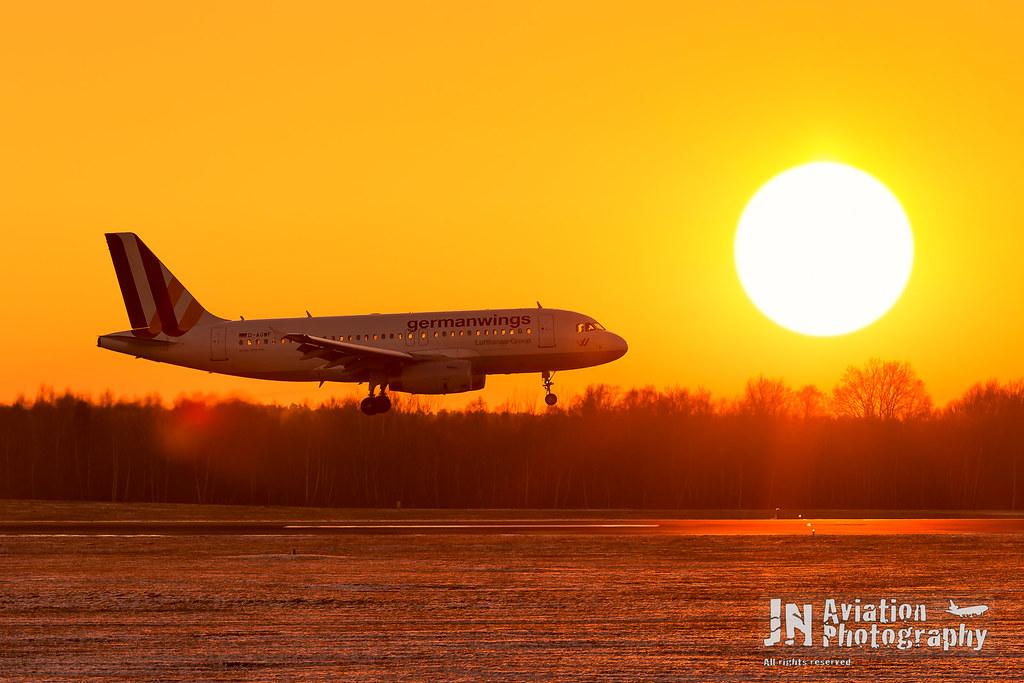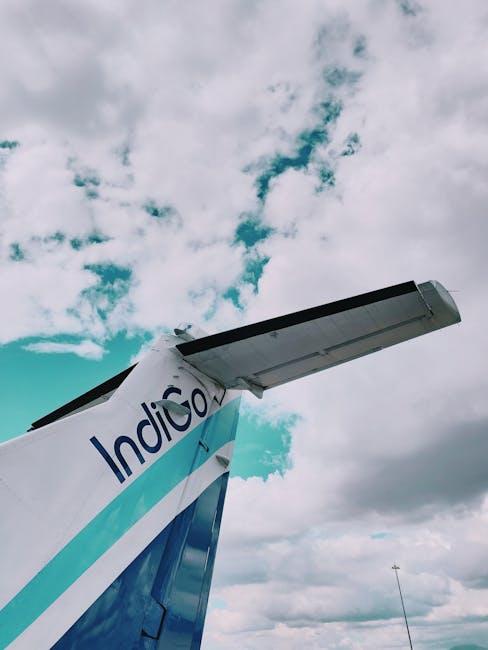In the ever-evolving tapestry of European travel, a vibrant thread has emerged over the past few decades, weaving together the dreams of countless wanderers and the ambitions of burgeoning cities. This thread is the rise of low-cost airlines, a phenomenon that has reshaped the landscape of tourism across the continent. Like a fresh breeze across ancient cobblestones, these budget-friendly carriers have opened the skies to a diverse tapestry of travelers, from the spontaneous backpacker to the curious family, eager to explore the rich cultural mosaic of Europe. As we delve into the impact of these airlines, we uncover a story of transformation—one that challenges traditional notions of travel, redefines accessibility, and poses both opportunities and challenges for the European tourism industry. Join us as we navigate the skies of this dynamic sector, examining how low-cost airlines have become the wings beneath Europe’s tourism boom.
Expanding Horizons: How Low-Cost Airlines are Reshaping Travel Patterns
In the past decade, low-cost airlines have played a pivotal role in transforming the landscape of European tourism. By offering affordable flights to a plethora of destinations, these carriers have democratized travel, making it accessible to a broader audience. This shift has led to a significant change in travel patterns, with tourists now more inclined to explore lesser-known locales that were previously overshadowed by major tourist hubs. As a result, many small towns and cities have witnessed a surge in visitors, bringing economic benefits and fostering cultural exchanges.
- Increased Accessibility: Travelers can now reach remote or less-frequented destinations without the hefty price tag.
- Shorter Trips: With affordable options, weekend getaways and short breaks have become more feasible.
- Spontaneity: The reduced cost of air travel encourages impromptu trips, adding a sense of adventure to travel planning.

Economic Uplift: The Role of Budget Flights in Local Tourism Growth
The rise of budget airlines has significantly reshaped the landscape of European tourism, serving as a catalyst for economic rejuvenation in many local communities. By offering affordable travel options, these airlines have democratized access to travel, inviting a diverse range of tourists to explore destinations that were once considered exclusive or inaccessible. Local economies have experienced a ripple effect, benefiting from the influx of visitors who contribute to sectors such as hospitality, dining, and retail.
- Increased Accessibility: Small towns and lesser-known regions have gained visibility and foot traffic.
- Job Creation: New opportunities in tourism-related industries have emerged.
- Cultural Exchange: Visitors bring diverse cultures, enriching local traditions and experiences.
Furthermore, the presence of low-cost carriers often leads to infrastructure development, as airports expand and improve facilities to accommodate the surge in passengers. This, in turn, attracts further investment, setting off a cycle of growth and prosperity. The symbiotic relationship between budget airlines and local tourism underscores a transformative shift in how destinations are perceived and experienced, fostering a more inclusive and vibrant tourism ecosystem.

Navigating Challenges: Addressing Overcrowding and Environmental Concerns
The surge of low-cost airlines in Europe has democratized travel, making it accessible to a wider audience. However, this affordability has also led to significant challenges, notably overcrowding in popular destinations. Cities like Barcelona, Venice, and Amsterdam are feeling the pressure as the influx of tourists threatens to overwhelm their infrastructure. Residents are often vocal about their concerns, citing increased noise, congestion, and a decline in the quality of life. These urban centers are now exploring measures such as tourist taxes and visitor caps to manage the flow and mitigate the impact on daily life.
Moreover, the environmental footprint of increased air travel cannot be ignored. Low-cost carriers, while economically beneficial, contribute to higher emissions and fuel consumption. Key environmental concerns include:
- Increased carbon emissions due to higher flight frequency.
- Degradation of natural sites due to excessive foot traffic.
- Strain on local resources, leading to potential ecological imbalance.
To address these issues, there is a growing call for sustainable tourism practices. This includes promoting off-peak travel, encouraging the use of eco-friendly transportation options, and investing in green infrastructure. Balancing economic benefits with environmental stewardship is crucial for ensuring that European tourism remains viable and sustainable for future generations.

Strategic Pathways: Recommendations for Sustainable Airline-Tourism Synergy
To foster a sustainable relationship between low-cost airlines and the tourism sector in Europe, stakeholders must focus on strategic pathways that prioritize environmental, economic, and social dimensions. Innovative partnerships between airlines, tourism boards, and local communities can enhance destination appeal while mitigating adverse effects. Encouraging airlines to adopt more sustainable practices, such as investing in fuel-efficient fleets and optimizing flight paths, can significantly reduce their carbon footprint. Additionally, offering incentives for airlines that promote lesser-known destinations can help alleviate overcrowding in popular tourist spots, distributing economic benefits more evenly across regions.
Collaborative marketing efforts can play a crucial role in creating a harmonious synergy between airlines and tourism entities. By crafting compelling narratives that highlight unique local experiences and cultural heritage, both sectors can tap into the growing demand for authentic travel experiences. Furthermore, implementing dynamic pricing strategies can help balance tourist inflow, ensuring that travel remains accessible without compromising the quality of life for local residents. Ultimately, the key lies in a multi-stakeholder approach where airlines, tourism operators, and policymakers work together to create a resilient and thriving tourism ecosystem.
The Conclusion
As the sun sets over the bustling European skies, the story of low-cost airlines and their transformative impact on tourism continues to unfold. Like the threads of a tapestry, these budget-friendly carriers have intricately woven together cultures, economies, and experiences, redefining the landscape of European travel. From the cobblestone streets of Prague to the sun-kissed beaches of the Algarve, the accessibility of air travel has opened doors to adventures once considered distant dreams.
Yet, as with any great tale, there are chapters filled with challenges and opportunities. The environmental implications, the quest for sustainable practices, and the balance between economic growth and cultural preservation all play crucial roles in this ongoing narrative. As we stand on the cusp of new horizons, it is clear that the journey of low-cost airlines is far from over. Their impact on European tourism is not merely a story of the past, but a dynamic force shaping the future of travel.
In this ever-evolving landscape, travelers, policymakers, and industry leaders alike are tasked with navigating the skies ahead, ensuring that the benefits of affordable travel are harmonized with the preservation of Europe’s rich heritage and natural beauty. The flight path may be complex, but the destination—a thriving, accessible, and sustainable European tourism sector—is a goal worth pursuing. As we disembark from this exploration, we are reminded that the journey of discovery is as significant as the destinations themselves.
































